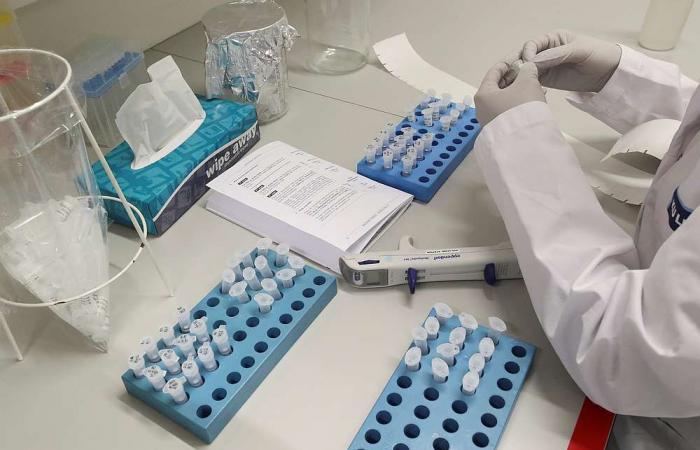Hello and welcome to the details of New coronavirus can persist in air for hours and on surfaces for days, says study and now with the details
WASHINGTON, March 18 — The highly contagious novel coronavirus that has exploded into a global pandemic can remain viable and infectious in droplets in the air for hours and on surfaces up to days, according to a new study that should offer guidance to help people avoid contracting the respiratory illness called Covid-19.
Scientists from the National Institute of Allergy and Infectious Diseases (NIAID), part of the US National Institutes of Health, attempted to mimic the virus deposited from an infected person onto everyday surfaces in a household or hospital setting, such as through coughing or touching objects.
They used a device to dispense an aerosol that duplicated the microscopic droplets created in a cough or a sneeze.
The scientists then investigated how long the virus remained infectious on these surfaces, according to the study that appeared online in the New England Journal of Medicine yesterday — a day in which US Covid-19 cases surged past 5,200 and deaths approached 100.
The tests show that when the virus is carried by the droplets released when someone coughs or sneezes, it remains viable, or able to still infect people, in aerosols for at least three hours.
On plastic and stainless steel, viable virus could be detected after three days. On cardboard, the virus was not viable after 24 hours. On copper, it took 4 hours for the virus to become inactivated.
In terms of half-life, the research team found that it takes about 66 minutes for half the virus particles to lose function if they are in an aerosol droplet.
That means that after another hour and six minutes, three quarters of the virus particles will be essentially inactivated but 25 per cent will still be viable.
The amount of viable virus at the end of the third hour will be down to 12.5 per cent, according to the research led by Neeltje van Doremalen of the NIAID’s Montana facility at Rocky Mountain Laboratories.
On stainless steel, it takes 5 hours 38 minutes for half of the virus particles to become inactive. On plastic, the half-life is 6 hours 49 minutes, researchers found.
On cardboard, the half-life was about three and a half hours, but the researchers said there was a lot of variability in those results “so we advise caution” interpreting that number.
The shortest survival time was on copper, where half the virus became inactivated within 46 minutes. — Reuters
These were the details of the news New coronavirus can persist in air for hours and on surfaces for days, says study for this day. We hope that we have succeeded by giving you the full details and information. To follow all our news, you can subscribe to the alerts system or to one of our different systems to provide you with all that is new.
It is also worth noting that the original news has been published and is available at Malay Mail and the editorial team at AlKhaleej Today has confirmed it and it has been modified, and it may have been completely transferred or quoted from it and you can read and follow this news from its main source.





